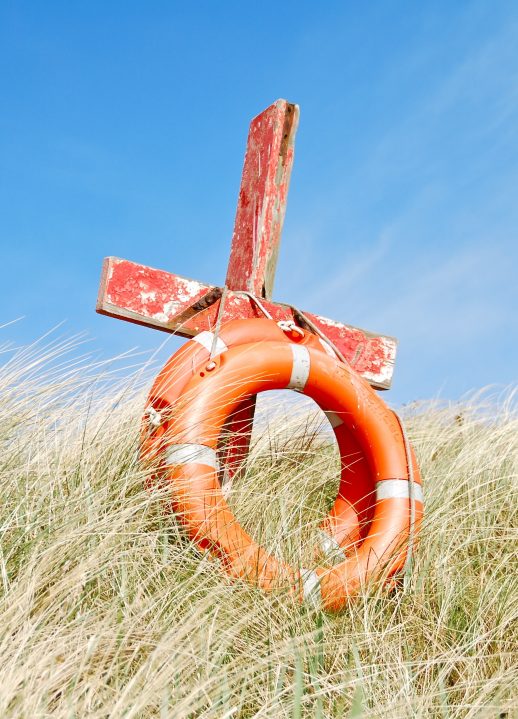Water Safety
AMI believes in water safety. Being safe at aquatic facilities & beaches starts in the home. Making our clients and patrons aware of safety is our #1 priority. Watch Around Water is an organization that AMI has partnered with to help make the general public aware of water safety and good common practices. Swimming is the most popular summer activity and millions of people will be frequently visiting water attraction locations all across the country. We know that safety starts with YOU! We must all “respect the water”. Learning how to swim is the first step in respecting the water. Water covers around 70% of the earth’s surface. So the chances of you encountering water and its power are very likely. Pools, beaches and water parks are a great way to have fun and spend time with family and friends, but before you start applying the sunscreen here are a few common but important swimming safety tips.


Make Water Safety Your PRIORITY
Children under 6 – should always be constantly supervised by parents and remain in arms reach (touch-supervision)
Children under 10 – should always be accompanied into a facility & constantly supervised by a parent/guardian. (Always kept in site)
The supervision of children at or around water is NOT the sole responsibility of Lifeguards. YOUR CHILD-YOUR FOCUS!
Parents Supervise children – Lifeguards Save Lives!
Always use the “buddy” system. Do not swim alone or allow anyone to swim alone. Even at a public pool or a life guarded beach.
Always swim in designated life guarded areas supervised by lifeguards.
Ensure that EVERYONE learns to swim! Enroll in a learn-to-swim course.
NEVER leave young children unattended near water. Teach children to always ask permission to go around water…”RESPECT THE WATER”!!!
Do not trust the life of a child with another child.
Always use Coast Guard approved life jackets for young children or inexperienced swimmers, but do not rely on the life jacket alone.
Establish water safety rules and enforce them. Example: set limits based on people’s water safety ability; avoid use of alcohol when swimming; be cautious around bodies of water; be aware of possible underwater hazards that make water even more dangerous. Etc.
Learn CPR and infant/child first aid.
Make sure there is proper safety equipment at the facility you visit to swim.
Read and discuss the facilities safety rules with children upon arrival of facility.

